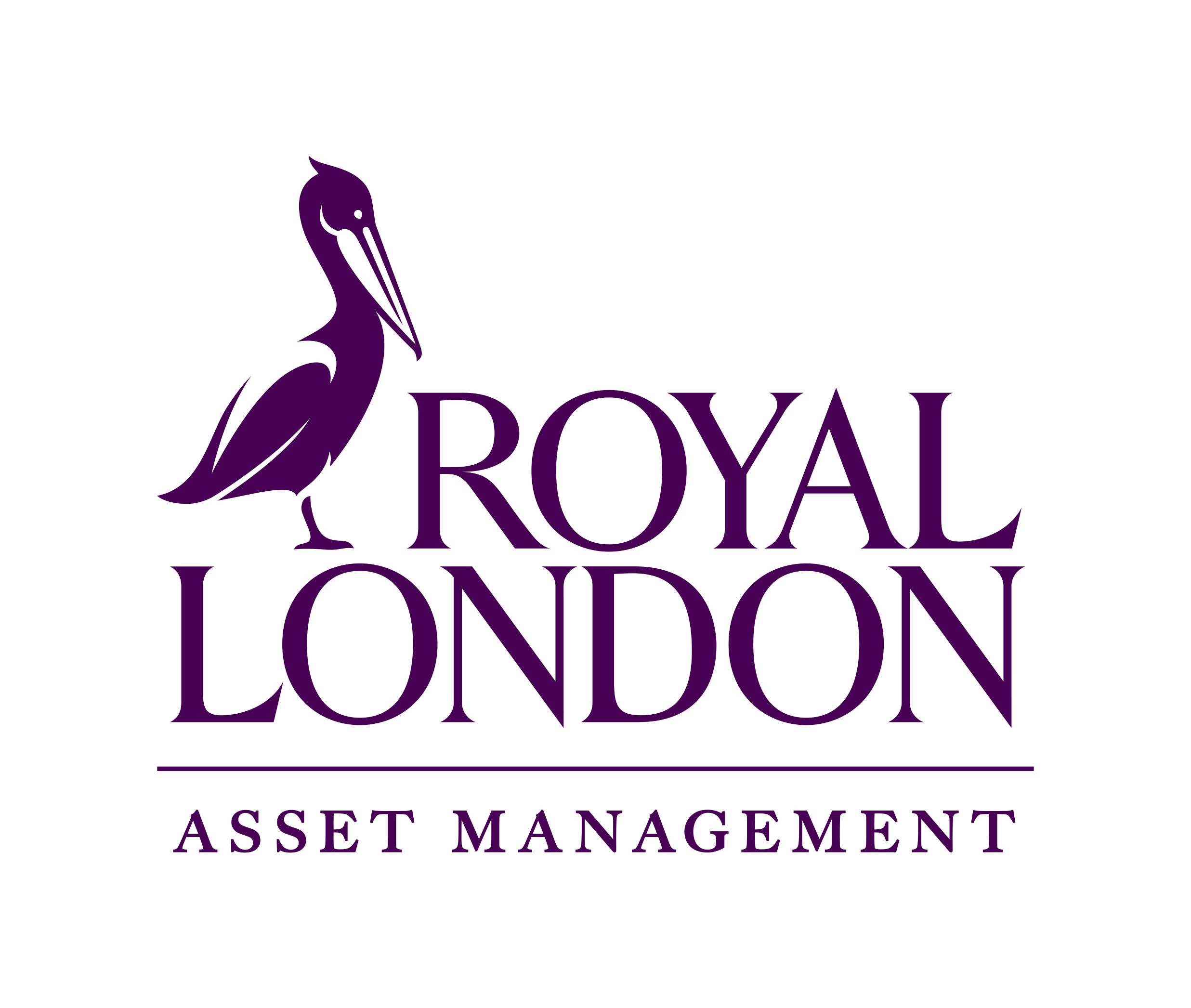Issuance slowed, due to it being August, with $21bn in global high yield bonds, $107bn in investment grade bonds and $7bn in leveraged loans. This takes high yield volume to $321bn ytd, (versus $285bn last year). Investment grade is currently tracking at $1.06 trillion (vs $1.1trillion last year) and loans at $329bn (vs $233bn last year).
August was a strong month for fixed income returns after a wobble in the first week. Spreads and government bond yields all tightened.
Key indicators
- The US 10-year Treasury yield tightened by 13 basis points during the month to end at 3.90%.
- High yield bonds outperformed investment grade bonds. Global investment grade returned 1.12% (+3.55% year-to-date) and global high yield returned +1.49% (+6.75% ytd).
- High yield spreads were 7bps tighter at 357bps, CCC’s were 12bps tighter, whilst single B’s were 1bp wider (13bps of rebalancing masking the spread tightening) and BB’s were 9bps tighter.
- Investment grade spreads were wider by 1bp to 104bps.
- The default rate was unchanged at 2.2%, this breaks down as US 1.7% (-0.1%), EU 2.2% (+0.3%) and emerging markets 4.8% (-0.7%). The gap between smaller issuers and larger issuers increased by 0.2% to 0.9% as the small cap default rate was unchanged at 2.0% whilst large cap default rates were down 0.2% to 1.1%.
Issuance slowed, due to it being August, with $21bn in global high yield bonds, $107bn in investment grade bonds and $7bn in leveraged loans. This takes high yield volume to $321bn ytd, (versus $285bn last year). Investment grade is currently tracking at $1.06 trillion (vs $1.1trillion last year) and loans at $329bn (vs $233bn last year).
One of the interesting phenomena in our market is the lack of a substantial amount of what is termed ‘fallen angels’ or investment grade bonds downgraded to high yield..
One of the interesting phenomena in our market is the lack of a substantial amount of what is termed as ‘fallen angels’ or investment grade bonds downgraded to high yield. We have seen very little this year – a total of just $5bn – with the last one of note being Alcoa back in March. In contrast there have been many more ‘rising stars’, high yield bonds that are upgraded to investment grade, with over $26bn and we have had the restoration of investment grade status to some issuers that were impacted by the Covid period – notably Rolls Royce and most recently Carnival Cruises. At the end of August, we also saw Uber Technologies obtain investment grade status as the maturity of the once start-up continues. Investments in all three companies have been immensely rewarding to bond investors over the last few years (well in excess of high yield benchmarks) and its worth a look at how this has been achieved.
Rolls Royce, as a business that is dependent on the sales of engines to the aerospace industry, was caught up in the Covid induced flight shutdowns and so was downgraded to high yield in July 2020. Facing a huge free cashflow hole as flying hours were curbed, the company rushed to raise liquidity from £4bn to £11bn to fund up to two years of depressed cashflows – this involved a combination of new debt and new equity. The company’s prudence was repaid as its cashflows did take two years to normalize with a return to free cash generation by 2022 and so the net debt position has steadily dropped from a peak of £5.2bn to just £0.8bn currently, with Ebitda growing back to over £3bn.
Carnival Cruises hit the headlines during the heights of Covid as the beleaguered cruise operator was one of the first issuers to access high yield markets, with its cost of capital soaring from just 1% to 11.5%, it had to raise first lien debt (including a $4bn bond in April 2020) to bridge the return of passengers to cruising. Amazingly, operations normalized much faster than many had thought, and the company was able to refinance this debt with cheaper capital (at 5-6% yield levels just a year later). Now the journey is complete as the company has returned to investment grade – however the interest rate environment means that its cost of capital is still over 5% and it still has over $30bn of debt.
And finally, Uber. This is a business which continues to fascinate us, it has transitioned from a VC start-up with an exuberant Founder/CEO, negative Ebitda (and no cashflow) to a sensible professional CEO, positive Ebitda and a business model which covers the globe in transit and food delivery. As debt investors, we continue to gape at the lofty Enterprise Value (25x Ebitda?) but the company does now generate free cashflow (although this is diverted to R&D and capex constantly) and its notable that the company was itself surprised by its ratings upgrade but grabbed the opportunity by both hands and issued $4bn at a roughly 5% cost of capital with the use of proceeds earmarked to retire more expensive high yield debt.
So, three transformations and a salutary lesson, the credit markets do forgive and reward issuers but ultimately cashflows are the drivers of ratings and returns.
This is a financial promotion and is not investment advice. Past performance is not a guide to future performance. The value of investments and any income from them may go down as well as up and is not guaranteed. Investors may not get back the amount invested. Portfolio characteristics and holdings are subject to change without notice. The views expressed are those of the author at the date of publication unless otherwise indicated, which are subject to change, and is not investment advice.

